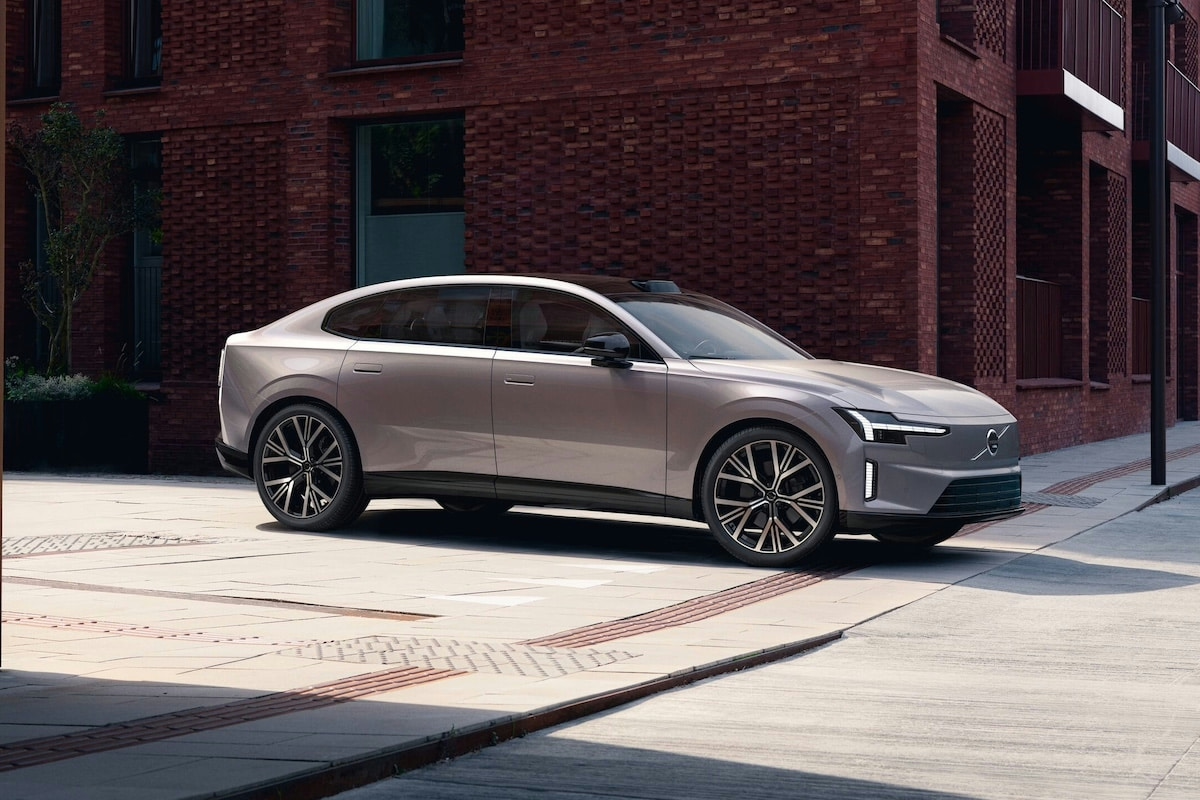Volvo touts the low carbon footprint of the ES90, but is it truly exemplary?

With its new electric sedan ES90, Volvo claims to take a new step in its sustainability strategy.
Large 100% electric sedan, the Volvo ES90 shows a carbon footprint of 31 tons over its entire life cycle according to the European energy mix, a value that drops to 26 tons with wind-generated electricity. Encouraging figures, lower than those of its thermal siblings and even those of the electric models EX40 and EC40.
The ES90 is also the first Volvo to incorporate an 800-volt architecture, which means faster charging and better efficiency thanks to lightweight components. Its aerodynamics are refined, with a drag coefficient (Cx) of 0.25, while the materials used include 29% recycled aluminum, 18% recycled steel, and 16% recycled polymers. The interior features bio-sourced materials and a Nordico upholstery, made from recycled PET and bio-sourced materials.
Better, but too early to talk about good
However, this demonstration of virtue deserves some nuance. Because although the carbon footprint is reduced compared to that of a thermal vehicle, 26 to 31 tons of CO₂ still represent a significant burden on the environment, particularly during the manufacturing phase. The extraction of materials for batteries, although regulated, remains energy-intensive, and recycling, as virtuous as it may be, still only covers a fraction of the total.
Volvo highlights its life cycle analysis (LCA) report verified by an independent third party to demonstrate its transparency. This is commendable, but such reports do not always account for the actual usage of vehicles, especially in countries where electricity remains heavily carbon-intensive.
In short, the ES90 illustrates a sincere desire to do better, with technical advancements and a holistic approach to sustainable development. However, on an industry scale, it remains a premium car, very heavy with over 2.5 tons on the scale, and energy-intensive to produce. Exemplary? Not yet. But certainly on the path to measurable progress.
ALSO READ: Volvo is taking a risky bet with the atypical ES90
This page is translated from the original post "Volvo vante la faible empreinte carbone de l’ES90, mais est-elle pour autant exemplaire ?" in French.
We also suggestthese articles:
Also read





